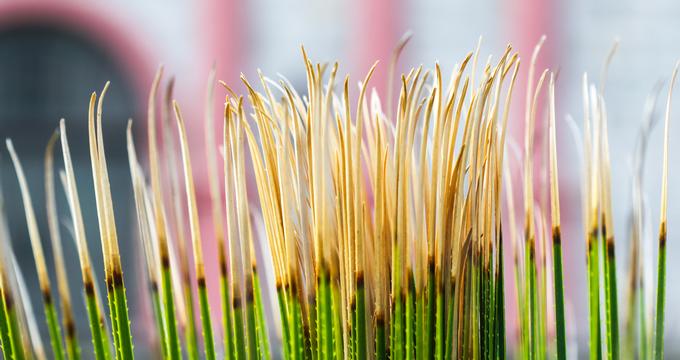"Santa Barbara Botanic Garden (SBBG), spread across 78 acres in Santa Barbara, California, is an expansive natural tapestry and a living museum accredited by the American Alliance of Museums. "
Recommended For
- Nature Lovers: Explore a variety of plant communities, from canyon to meadow, with breathtaking mountain to ocean views.
- Families: Enjoy educational sections like the Discovery Garden for children, focusing on biodiversity and California’s ecosystems.
- Botany Enthusiasts: Delve into California’s unique plant life and conservation efforts, including a historic herbarium and protected species.
- Photography Buffs: Capture the beauty of seasonal flowers like California poppies and lupines in the garden’s ever-changing landscapes.
Highlights
- Discovery Garden: A dedicated space for children to learn about water cycles and biodiversity in a hands-on environment.
- Arroyo Section: Featuring plants that thrive near watercourses, including a “dripping rock” garden with moisture-loving species.
- Meadow: A stunning landscape with seasonal blooms, particularly in spring when California wildflowers burst into vibrant colors.
- Redwood Section: A serene area with towering trees and native azaleas, creating a tranquil retreat along Mission Creek.
- Teahouse Garden: A Japanese-style garden with California natives, including moss, ferns, and manzanita, complemented by traditional tea ceremonies.
- Water Wise Home Garden: A demonstration of drought-tolerant landscaping with California native plants, perfect for inspiration on creating sustainable home gardens.
Visitor Tips
- Spring is the ideal time to visit, as California wildflowers like poppies and lupines are in full bloom.
- Take a hike along the many trails, including the Porter and Woodland Trails, for beautiful views of the garden and surrounding landscape.
- Visit the Garden Growers Nursery to purchase native plants and take a piece of the garden home with you.
- Be sure to check the garden’s website for upcoming events and educational programs, as well as important garden etiquette and visitor guidelines.
- Pets are allowed on leash, but be mindful of the garden’s rules to protect its delicate environment.
Local Vibe
The Santa Barbara Botanic Garden offers a peaceful escape into California’s natural beauty. With its dedication to native plants and conservation efforts, the garden is a perfect destination for anyone interested in botany, sustainability, or simply enjoying the outdoors.
Location
Address: 1212 Mission Canyon Rd, Santa Barbara, CA 93105, USA
Phone: 805-682-4726
Website
Plan Your Trip


